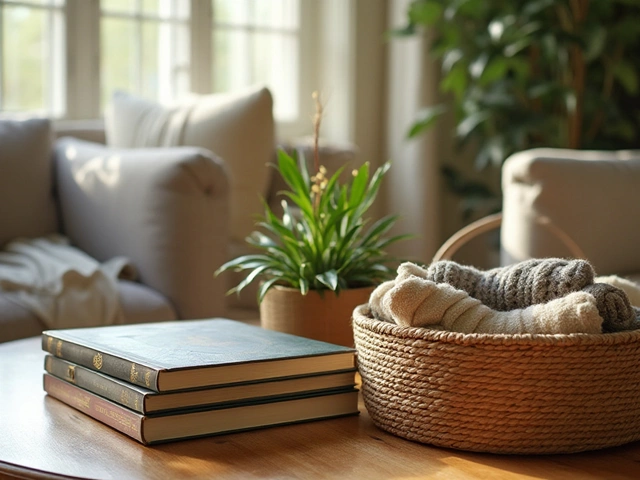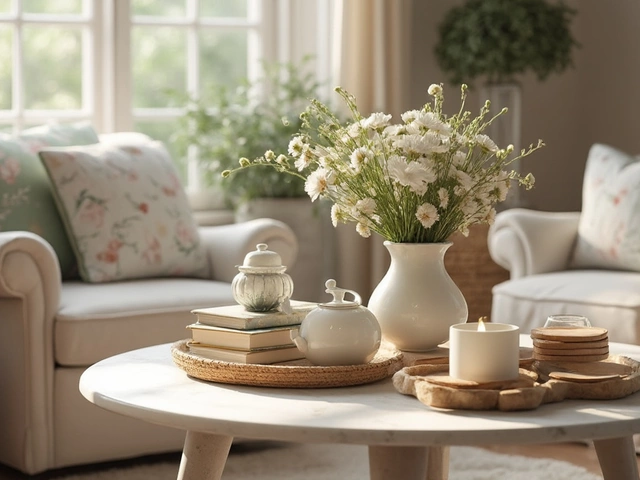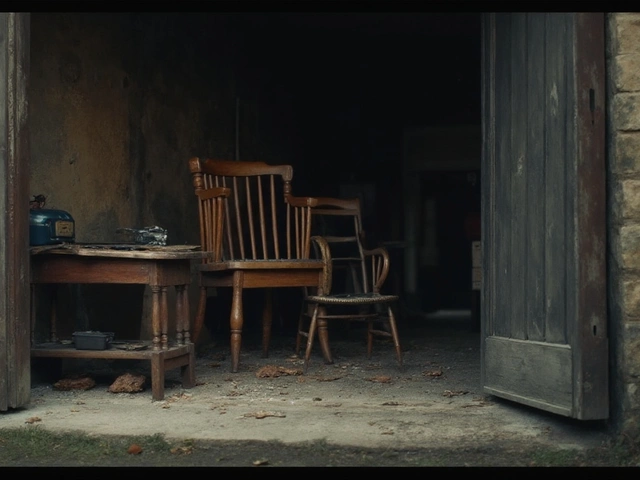Neutral Furniture: Timeless Styles That Work in Any Home
When you think of neutral furniture, furniture in soft, understated tones like beige, gray, taupe, and off-white that blend seamlessly with any decor style. Also known as tonal furniture, it doesn’t shout—it holds space. And in today’s homes, that’s exactly what people want. You don’t need bold colors to make a room feel alive. In fact, the most lasting designs often start with quiet pieces that let people live in them, not just look at them.
Neutral furniture isn’t just about color—it’s about texture, shape, and how it connects with light. A beige corner sofa, a classic, low-profile sectional in warm beige that anchors a living room without overwhelming it works because it’s flexible. Pair it with a dark rug, a pop of green plant, or metallic accents, and it adapts. It’s why beige sofas topped 2024’s interior trends and are still leading in 2025. This isn’t about being safe. It’s about building a foundation that lasts longer than a trend.
People often think neutral means boring, but that’s only if you stop at the basics. Real neutral furniture has depth. Think linen weaves, hand-finished wood grains, subtle stitching, and matte finishes that catch the sun just right. It’s the kind of piece that looks better after five years than it did on day one. And when you’re choosing pieces for your home, especially in the UK where natural light changes with the seasons, this matters. A gray armchair that looks flat in winter might glow in spring. A cream bookshelf doesn’t disappear—it becomes part of the wall.
You’ll find that many of the best furniture decisions tie back to neutrality. A minimalist furniture, clean-lined, uncluttered pieces designed for function without decorative excess approach works because it leaves room for life to happen. You can swap cushions, change artwork, or add a new lamp without redoing your whole room. That’s why so many guides on furniture trends, like the one on 2025’s most in-demand pieces, keep coming back to neutral tones. Even when people want a statement, they often build around something quiet.
And it’s not just living rooms. Neutral furniture shows up in bedrooms, home offices, and even storage units. Think of a doorless wardrobe, an open, frame-based storage solution without doors, often in natural wood or soft white—it’s not flashy, but it makes the room feel bigger. Same with a simple wooden desk or a low-profile TV stand. These aren’t afterthoughts. They’re the quiet backbone of a home that feels calm, not chaotic.
What you’ll find in this collection isn’t a list of products. It’s a look at how neutral furniture shapes real homes. From how to style a beige sofa so it doesn’t look like a hotel lobby, to why choosing the right shade of cream can actually boost your home’s resale value, these posts cut through the noise. You’ll learn what makes a neutral piece truly timeless—and what makes it just plain dull. There’s no fluff here. Just clear, practical advice from people who’ve seen what works, what doesn’t, and why.



